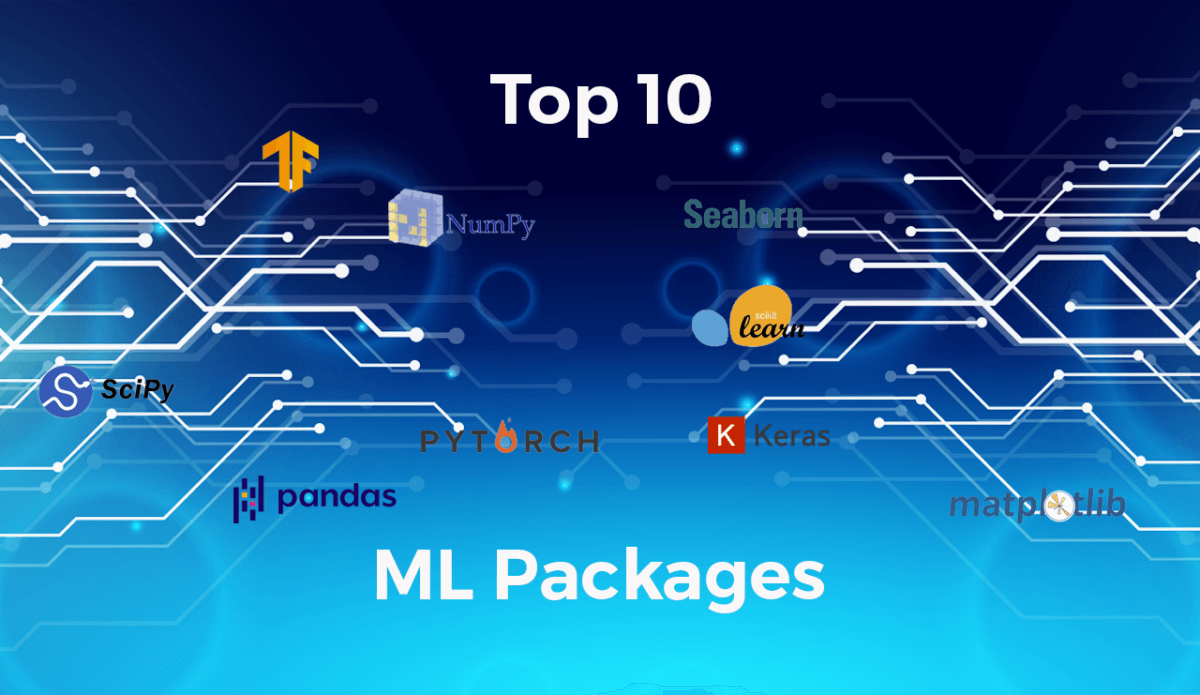

One problem with global installations is that only a single version of a package can be installed at one time for a given Python interpreter. Python 3.7 looks for packages on an Arch Linux system in the following locations: $ python3.7 -c "import sys print('\n'.join(sys.path))" This all happens globally, by default, installing everything onto the machine in a single, operating system-dependent location.

Once all dependencies have been satisfied, it proceeds to install the requested package(s). When installing packages, pip will first resolve the dependencies, check if they are already installed on the system, and, if not, install them. It can install packages from many sources, but PyPI is the primary package source where it's used. Pip is the de facto package manager in the Python world. Knowing these can help you pick the right tool for the right situation. However, there are some tools and methods that can be considered best practices. The Zen of Python states: "There should be one-and preferably only one-obvious way to do it." This is certainly not always the case when it comes to installing Python packages. You can also define different Python classes in those files and then you can create your packages out of those classes. In the above example, we have taken example of a single functions in each file, but you can keep multiple functions in your files. When the above code is executed, it produces the following result − I'm Pots Phone To make all of your functions available when you've imported Phone, you need to put explicit import statements in _init_.py as follows − from Pots import PotsĪfter you add these lines to _init_.py, you have all of these classes available when you import the Phone package. Now, create one more file _init_.py in Phone directory −

Similar way, we have another two files having different functions with the same name as above −

This file has following line of source code − #!/usr/bin/python A package is a hierarchical file directory structure that defines a single Python application environment that consists of modules and subpackages and sub-subpackages, and so on.Ĭonsider a file Pots.py available in Phone directory.


 0 kommentar(er)
0 kommentar(er)
